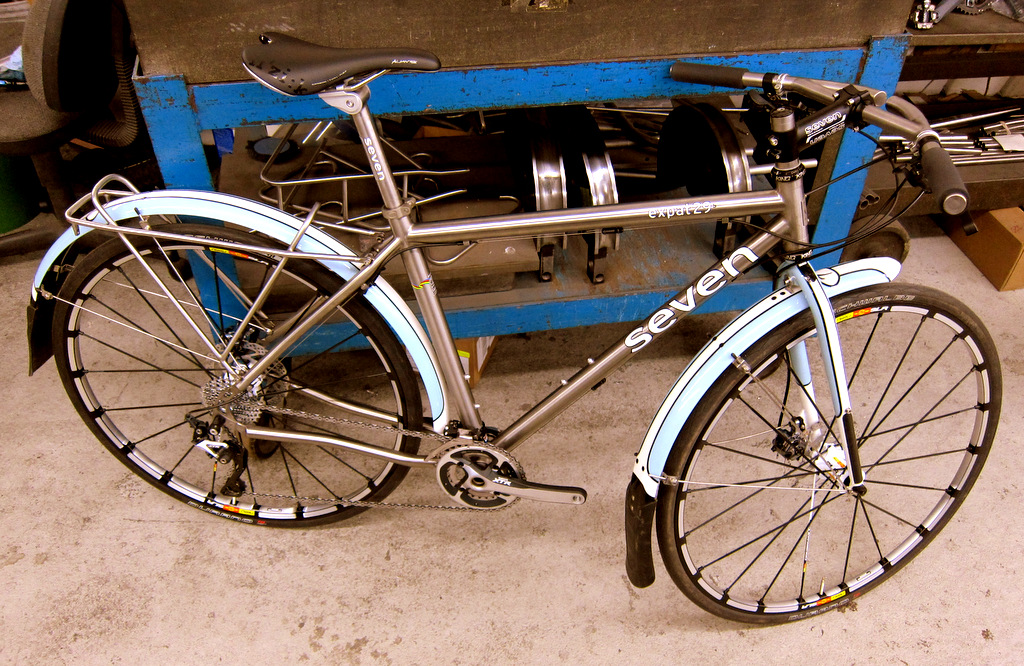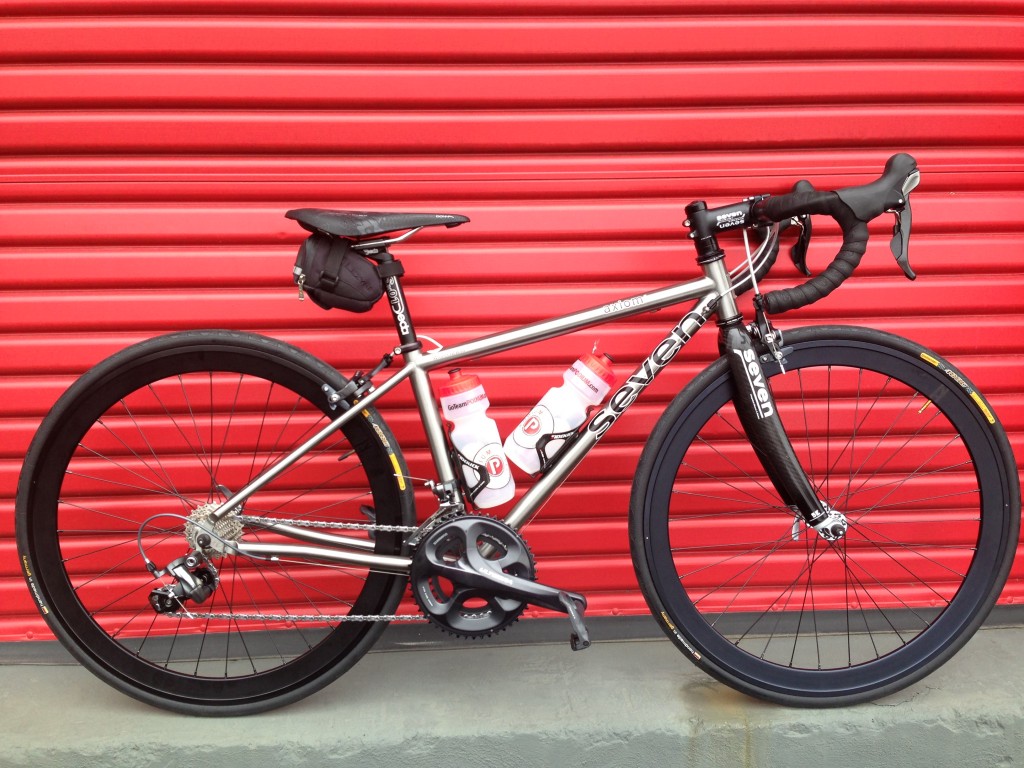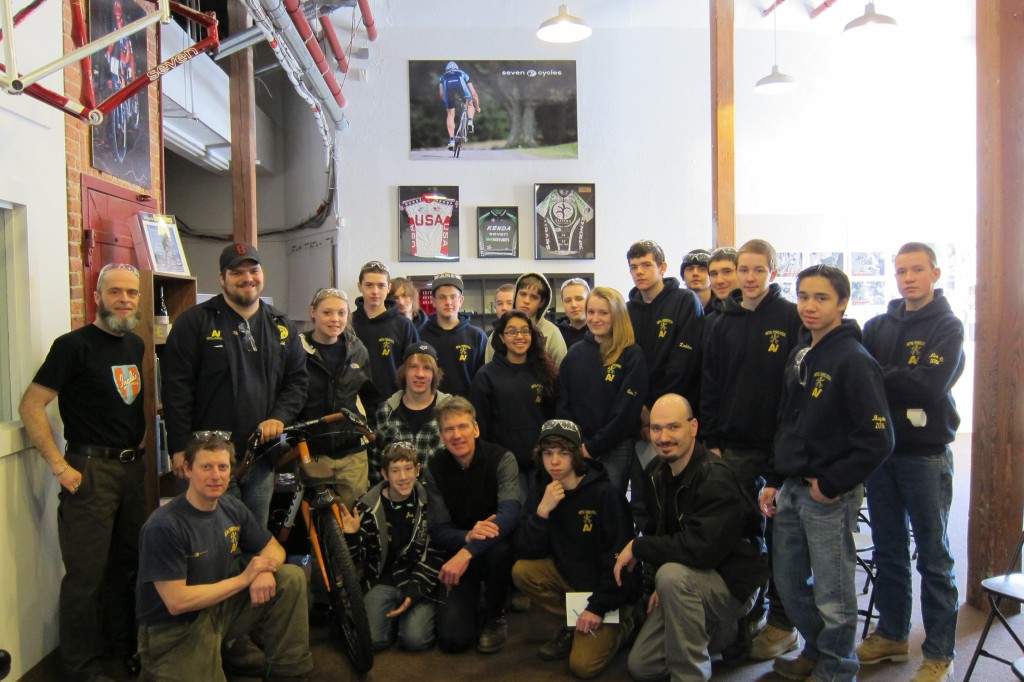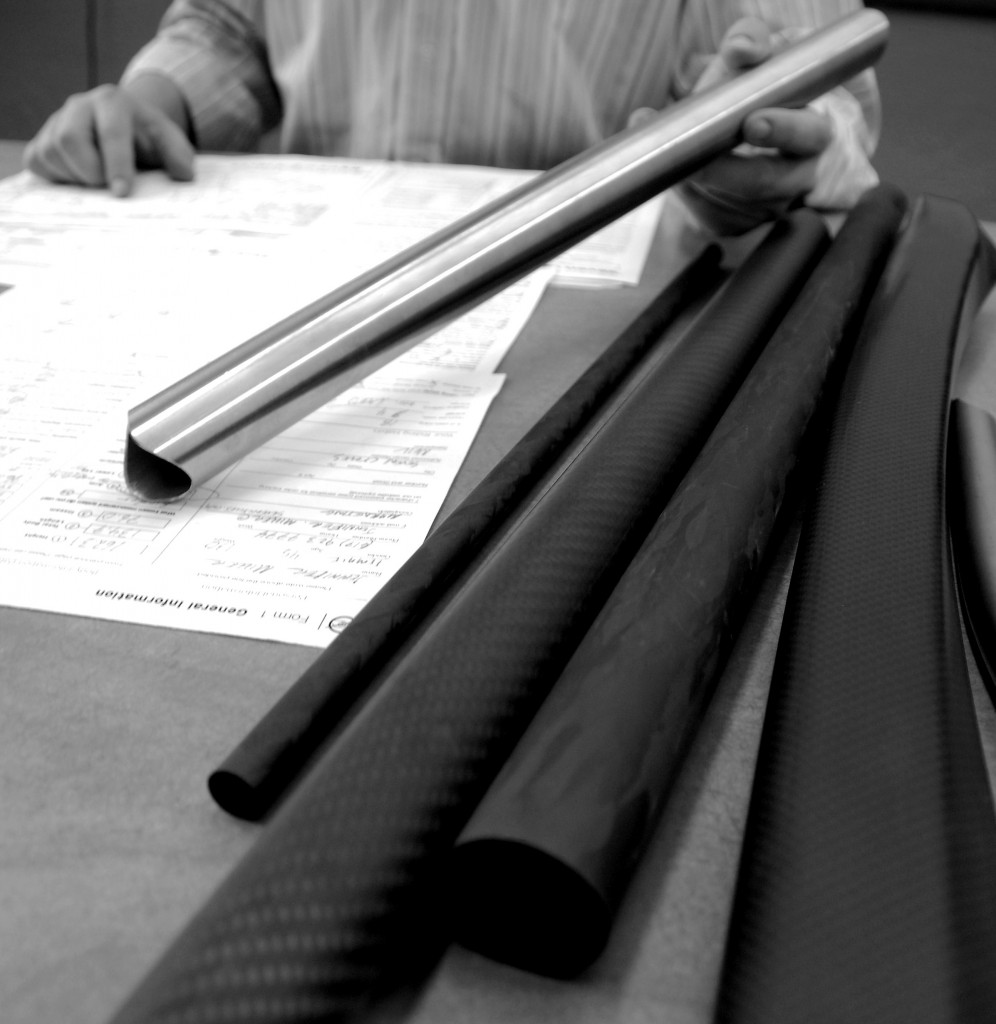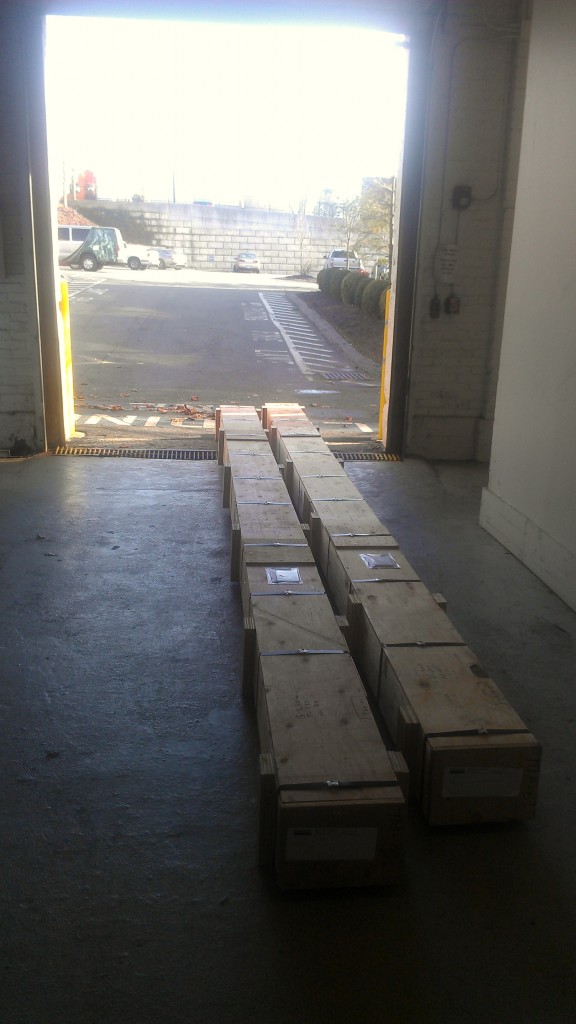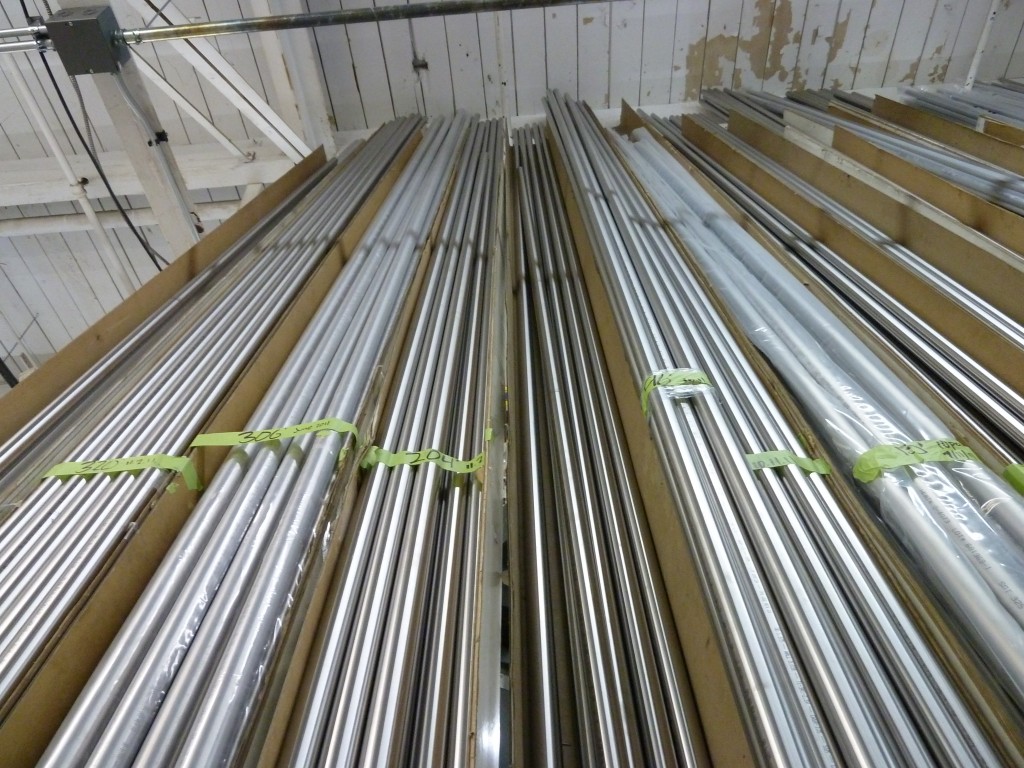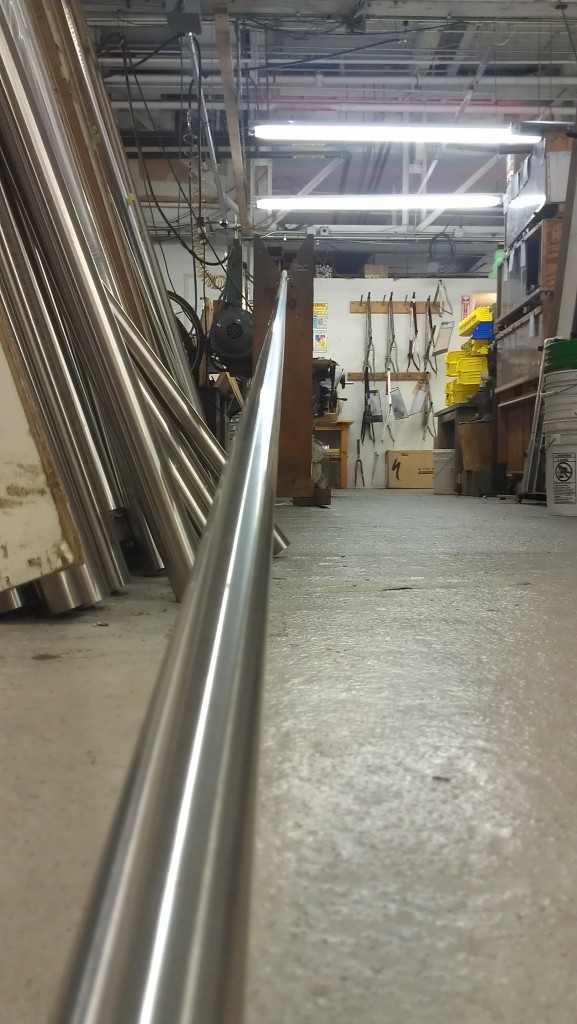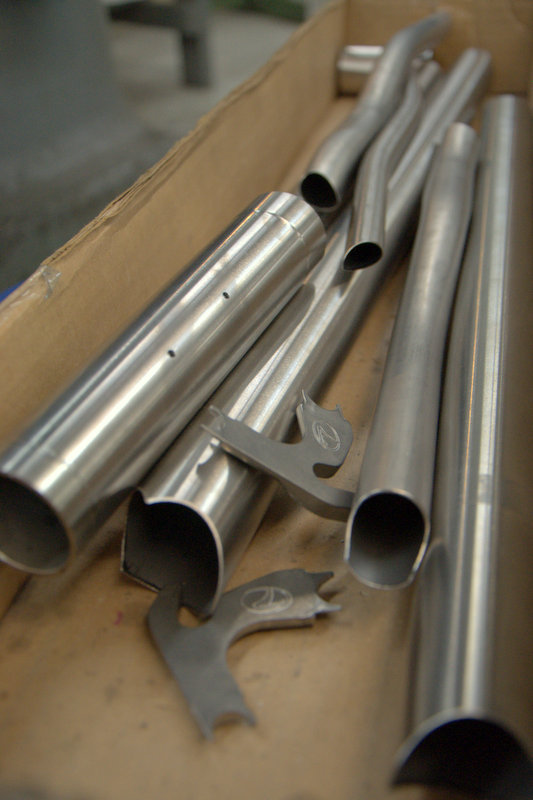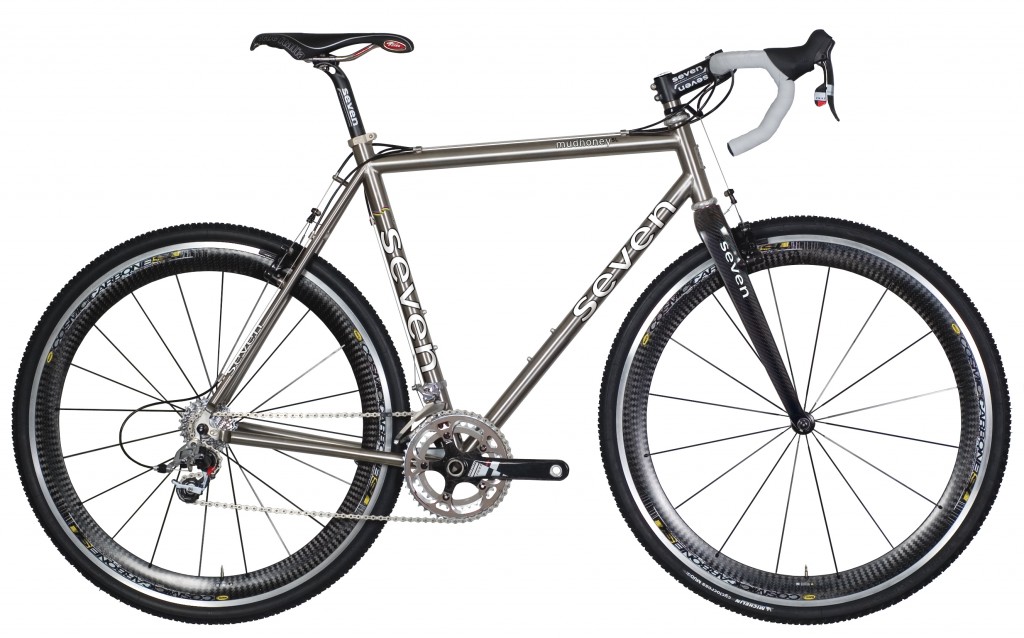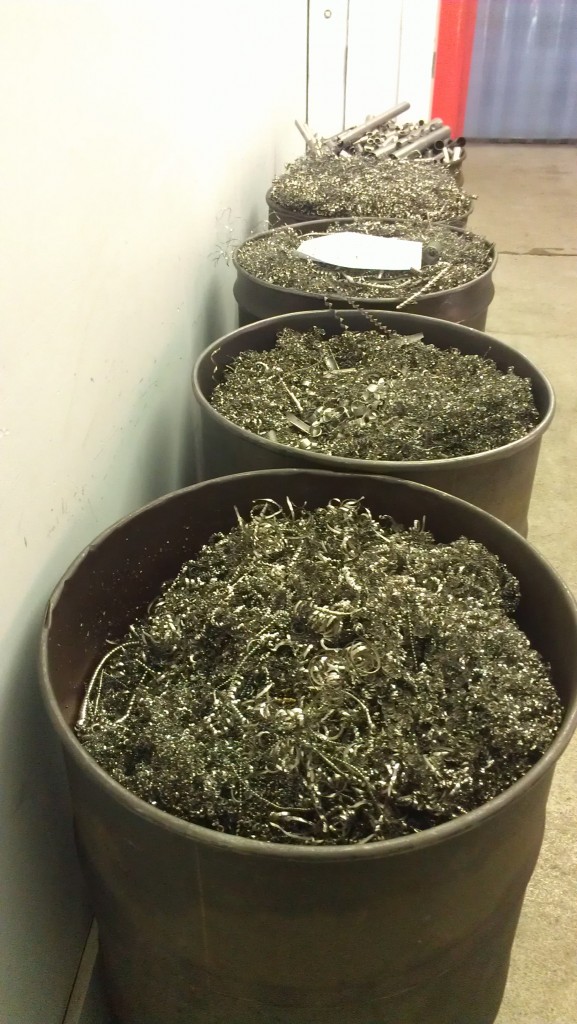In the beginning (1997) we were known as builders of custom road and mountain bikes, and certainly of the more than 25,000 frames we’ve turned out, many of them fit neatly into one of these two categories. But as we’ve gone along, we’ve expanded our line to include more models than any other custom builder. Today we build cyclocross race and adventure bikes, urban commuters, track bikes and tandems.
Another thing that has happened is that the basic constraints of traditional categories have broken down, so that today, even though we are still building traditional road and mountain bikes, a very high percentage of our work is on bikes that cross categories or even combine them. Cyclocross race bikes that convert to bad weather commuters are common. Road bikes that convert easily for touring. Monster cross machines.
What our riders are beginning to understand is that a custom bike can be designed to serve multiple purposes simply by incorporating some features not commonly available on production bikes. Often, when they are thinking of buying two bikes for two different aspects of their cycling life, we can build them just one.
Categorization can be a good way to understand a bike’s basic functionality, but it can also be a constraint, and when you’re in the business of building dream bikes, no one wants to be constrained. That’s why we do what we do.

